It’s curious how fads and fashions change. The majority of modern day visitors to Tenerife head for the sunkissed shores of the south, but it hasn’t always been so.
For most of the five centuries since the Island’s conquest by Alonso Fernández De Lugo in 1496, visiting writers, artists, poets, adventurers and scientists headed north, attracted by the prospect of exploring the island’s tropical northern slopes and valleys. One of the most flamboyant and interesting of these was Sir Richard Francis Burton.
To call Richard Francis Burton merely an explorer is like saying Cristiano Ronaldo likes to mess about with a ball. Burton was a fascinating character; an early incarnation of Indiana Jones, he was an explorer, swordsman, writer and linguist. He was the first European to enter the Islamic holy cities of Mecca and HÄrer. In the 1850s, with fellow explorer John Hanning Speke, he journeyed deep into Africa to seek the source of the Nile. During the expedition they were attacked by 200 Somali tribesmen and Burton had to hotfoot it with one of the tribesman’s spears embedded through his face (graphically portrayed in the 1990 movie Mountains of the Moon). However, Burton wasn’t simply a man of action, he was also fluent in numerous languages and was the first to translate The Arabian Nights and, more controversially, The Kama Sutra into English.
Between 1861 and 1865 Burton and his wife, Isabel, spent many weeks on Tenerife, fascinated by its unique geography and its indigenous people, the Guanche and even possibly by the aesthetic virtues of Tenerife’s post-conquistador population of whom he says “”¦we were surprised by the beauty of the race, its classical outlines, oval contours, straight profiles, magnificent hair, and blue-grey eyes with black lashes.”
On their first visit they travelled from Santa Cruz to Tenerife’s “˜El Dorado’, La Orotava and on to the summit of Mount Teide. He recorded the journey in To the Gold Coast for Gold and Isabel likewise in The Romance of Isabel Lady Burton.
When Richard and Isabel arrived in Santa Cruz, Yellow Fever was raging in the capital and the couple made straight for La Laguna in a rickety stagecoach which Isabel described as “˜the skeleton of the first vehicle that was ever made’.
Half the population had fled La Laguna and Burton found himself in a deserted Plaza del Adelantado. In its surrounding streets, where “˜palaces mixed with cat faced cottages’, he recorded that the only movement was the “˜growth of the houseleeks’. Visit this perfectly preserved UNESCO World Heritage Site today during siesta time and it’s as if nothing has changed; houses mentioned by Burton, like Casa Salazar and Casa Nava, still face out onto cobbled streets and house leeks still sprout from beneath faded roof tiles.
The couple struggled to find accommodation, opting in the end for an inn where Isabel noted, “˜The patio was a ruin, full of mud and broken plantains, the village idiot and the pig huddled up in one corner’. Even to seasoned travellers like the Burton’s, the place seemed so unsavoury that Isabel spent the night with two revolvers and three Bowie knives within easy reach.
Accommodation is still limited in La Laguna and hotels in the old quarter, like the Aguere and the Nivaria, are probably not dissimilar to the one in which the Burtons stayed, except of course that today’s standards are much higher. There’s no pig in the courtyard and I’m pretty sure that there’s no need to take a revolver to bed with you. Interestingly there were more inns in La Laguna in Richard and Isabel’s day than there are now.
After one night Richard and Isabel left La Laguna for Tacoronte where Burton visited a museum which had an exhibition of Guanche mummies. The museum no longer exists; however, its location has remained relatively unchanged. In the historic centre of town, the rough stone façade of the 17th century Church of El Cristo still overlooks the plaza whilst nearby picturesque El Calvario, lined by Canarian pines and once a stopping off point for travellers and pilgrims, is now virtually overlooked by today’s visitors. Opposite is La Alhóndiga, then a communal grain warehouse, now a venue for wine festivals. It’s a tranquil spot compared with Tacoronte’s bustling modern centre. The only noise emanates from the small simple restaurant where the menu consists of what’s available that day and from which sounds of laughter mingle with the aroma of chicken cooked in garlic.
In the 1860s the road beyond El Sauzal was in a state of disrepair. The Burtons were forced to alight and try to seek alternative transport before they could continue.
They didn’t really know where they were, or how they were going to progress, yet Isabel recorded that the time spent in EL Sauzal was the happiest of her life.
Following in the Footsteps of Britain’s Victorian Explorers on Tenerife: Part 2 continues next week.

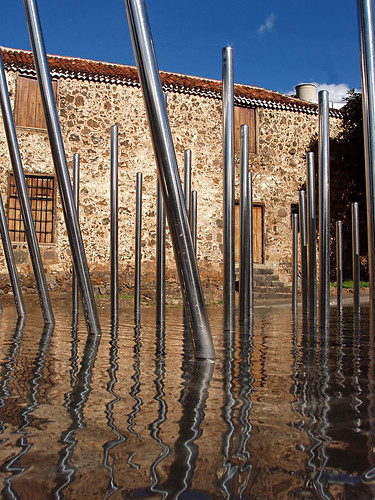
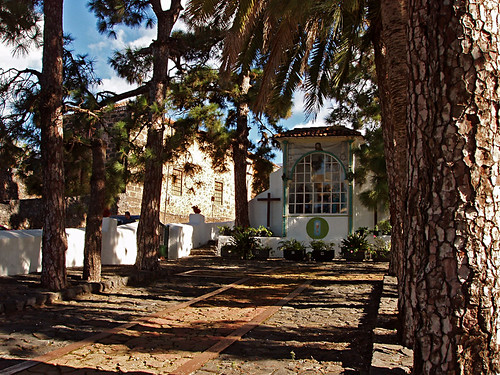
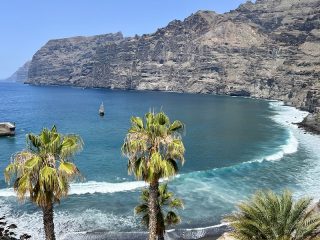
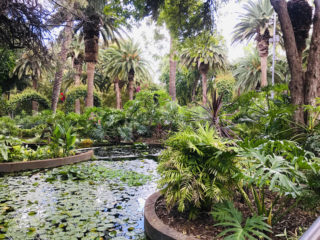
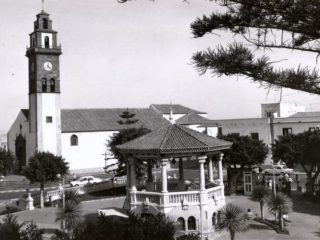
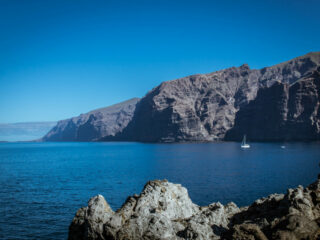
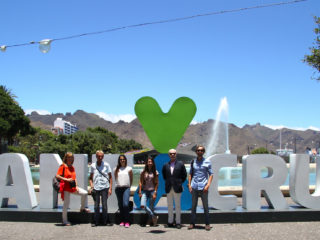
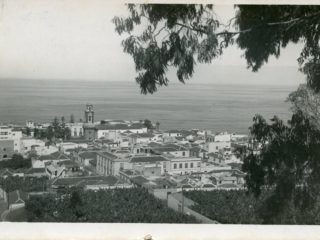
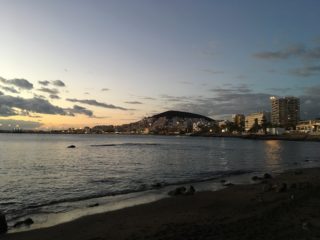

Comments are closed.